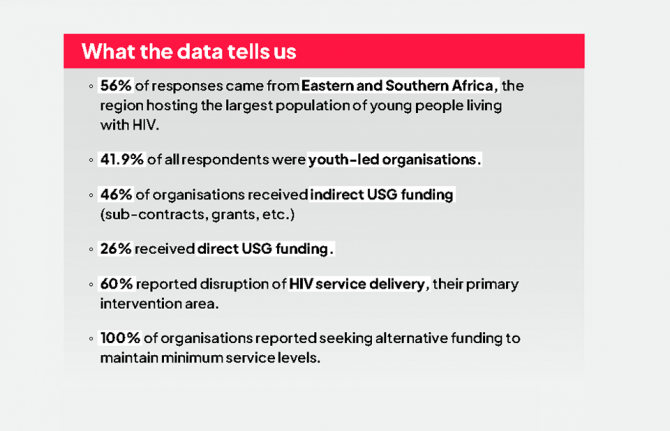
Feature Story
UNICEF: Lack of attention to needs of young people has damaging social, economic, political and health consequences for all
28 February 2011
28 February 2011 28 February 2011
Credit: UNICEF
Investing now in the world’s 1.2 billion adolescents aged 10 to 19[i] can break entrenched cycles of poverty and inequity, says UNICEF in its flagship 2011 State of the World’s Children report, called ‘Adolescence: An Age of Opportunity’.
The publication, launched on 25 February, argues that although greater investment over the last two decades has lead to enormous gains for younger children, as shown by the 33% drop in the global under-five mortality rate[ii], fewer gains have been made among older adolescents who are at a critical crossroads in their lives. Many have benefited from higher child survival rates, primary school attendance and access to safe water but all these gains are at risk if investment in their future does not continue as they grow up.
“Adolescence is a pivot point – an opportunity to consolidate the gains we have made in early childhood or risk seeing those gains wiped out,” said Anthony Lake, UNICEF’s Executive Director. “We need to focus more attention now on reaching adolescents, particularly adolescent girls, investing in education, health and other measures to engage them in the process of improving their own lives.”
Insufficient attention to the general needs of young people carries with it social, economic, political and health consequences. Governments, international policy makers and civil society must meaningfully invest in adolescents to benefit society as a whole, the report argues.
We need to focus more attention now on reaching adolescents, particularly adolescent girls, investing in education, health and other measures to engage them in the process of improving their own lives
Anthony Lake, UNICEF Executive Director
Education provides a telling example; more than seventy million young people of lower secondary age are currently out of school[iii]. Nearly 40% of adolescents in sub-Saharan Africa are in this position[iv]. On a global level girls still lag behind boys in secondary school attendance. Without education, adolescents are more likely to be poor and marginalized. They also find it more difficult to develop the knowledge and skills they need to navigate the risks of exploitation, abuse and violence which, the report says, are highest during the second decade of life. When adolescents are reached successfully, they can be at the forefront of changes that benefit themselves and society as a whole.
Other challenges facing adolescents are many and varied. On the economic front, in 2009 81 million of the world’s young people were unemployed[v] and the current global financial crisis is having a devastating effect. Around a third of young girls in the developing world (excluding China) marry before the age of 18 and in a few countries nearly 30% of girls under 15 have husbands[vi]. This can lead to a negative cycle of premature child-bearing and high rates of maternal mortality.
To enable adolescents and children to deal effectively with myriad obstacles, specific investments are needed, the report contends. These include:
- Mainstreaming child welfare
- Investing in education and training
- Promoting laws, policies and programmes that protect the rights of adolescents and protect them from violence, exploitation and abuse
- Enabling adolescents to overcome barriers to essential services, such as quality health care, and stepping up the challenge to poverty and inequity.
If these investments are made a new generation of young adults will emerge and lead healthier and more productive lives.
UNICEF dedicates 'The State of the World's Children 2011' to adolescents. Watch the video below:
[i] United Nations, Department of Economic and Social Affairs, Population Division, World Population Prospects: The 2008 revision,
[ii] Achieving the MDGs with equity, no. 9, UNICEF, New York, 2010; and Statistical Tables 1–10, pp. 88–129.
[iii] United Nations Educational, Scientific and Cultural Organization Institute of Statistics, Out-of-School Adolescents, UIS, Montreal, 2010, p. 10.
[iv] United Nations Educational, Scientific and Cultural Organization, Education for All Global Monitoring Report 2010: Reaching the marginalized, UNESCO, Paris, 2010, p. 74.
[v] International Labour Office, Global Employment Trends for Youth August 2010: Special issue on the impact of the global economic crisis on youth, International Labour Organization, Geneva, 2010, pp. 3–6.
[vi] United Nations Children’s Fund, Progress for Children: A report card on child protection, no. 8, UNICEF, New York, 2009, pp. 46–47; and Statistical Table 9, p. 120.
Related
 “Who will protect our young people?”
“Who will protect our young people?”

02 June 2025


